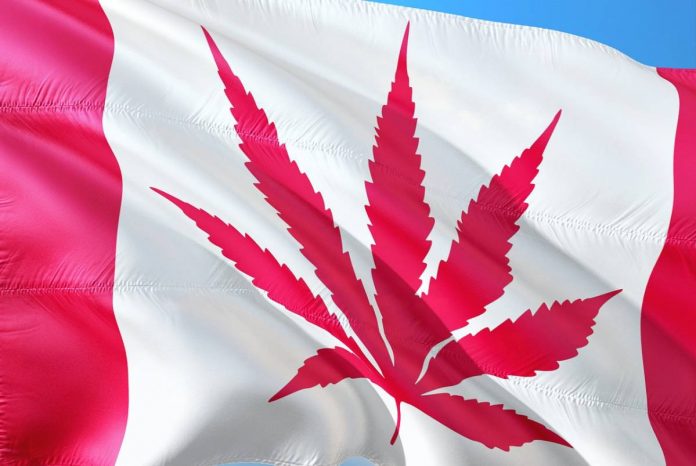The most recently available data from Health Canada reveals some interesting information on medical cannabis sales in the country.
In October last year, the Canadian Government launched a national Cannabis Tracking System with view to preventing legal cannabis winding up on the illegal market and to keep illegal cannabis out of the legal market.
The launch of the tracking system coincided with the commencement of non-medical sales of cannabis, which began on October 17, 2018
A report released last week based on data from the tracking system indicates the following estimates for medical cannabis sales activity; classified as Canada Revenue Agency (CRA)-stamped cannabis products sold directly to medical clients by holders of a federal licence for medicinal purposes.
Dried Cannabis (kg)
- October 2018: 1,898
- November 2018: 1,774
- December 2018: 1,795
- January 2019: 1,779
Cannabis Oil (Litres)
- October 2018: 4,398
- November 2018: 5,089
- December 2018: 4,939
- January 2019: 4,983
Non-medical cannabis sales have also certainly been doing well, but the demand there of course has been for dried product rather than oil. Here’s how those figures look.
Dried Cannabis (kg)
- October 2018: 4,518
- November 2018: 5,586
- December 2018: 5,590
- January 2019: 5,336
Cannabis Oil (Litres)
- October 2018: 1,721
- November 2018: 2,220
- December 2018: 2,595
- January 2019: 2,873
On the issue of cannabis oil supply issues, there seems to be no problems there – at least in January anyway. Health Canada says the amount of finished and unfinished cannabis oil inventories at the end of January 2019 was 10 times the amount sold across the country for that month. The total inventory of dried cannabis held by cultivators, processors, distributors and retailers was 134,148 kg at the end of January; which works out 18.9 times total sales for the month.
However, what’s not clear is how much of that is destined for non-medical vs. medical. When recreational cannabis became legal in Canada, there were some concerns that its medical program may wind up on the ropes. This was based on the experience in the U.S. state of Oregon where the medical cannabis market crashed after the state legalized recreational use in 2014.
Based on the above it seems there is still plenty of demand in Canada for medical products, what remains to be seen is whether supply will keep up as perhaps more in the industry gravitate towards the recreational use sector.
Health Canada’s Cannabis Demand and Supply initial report can be viewed here.


